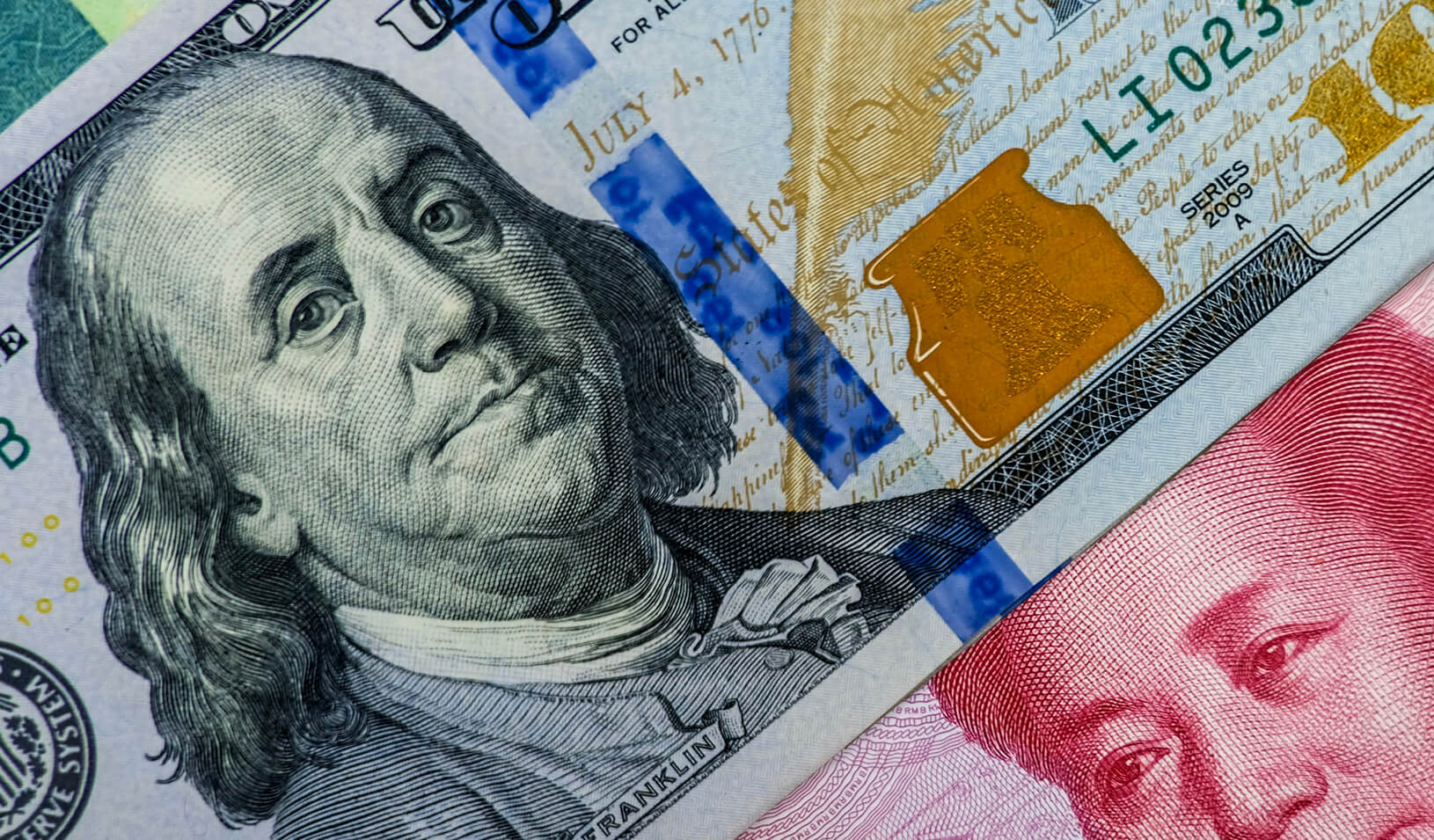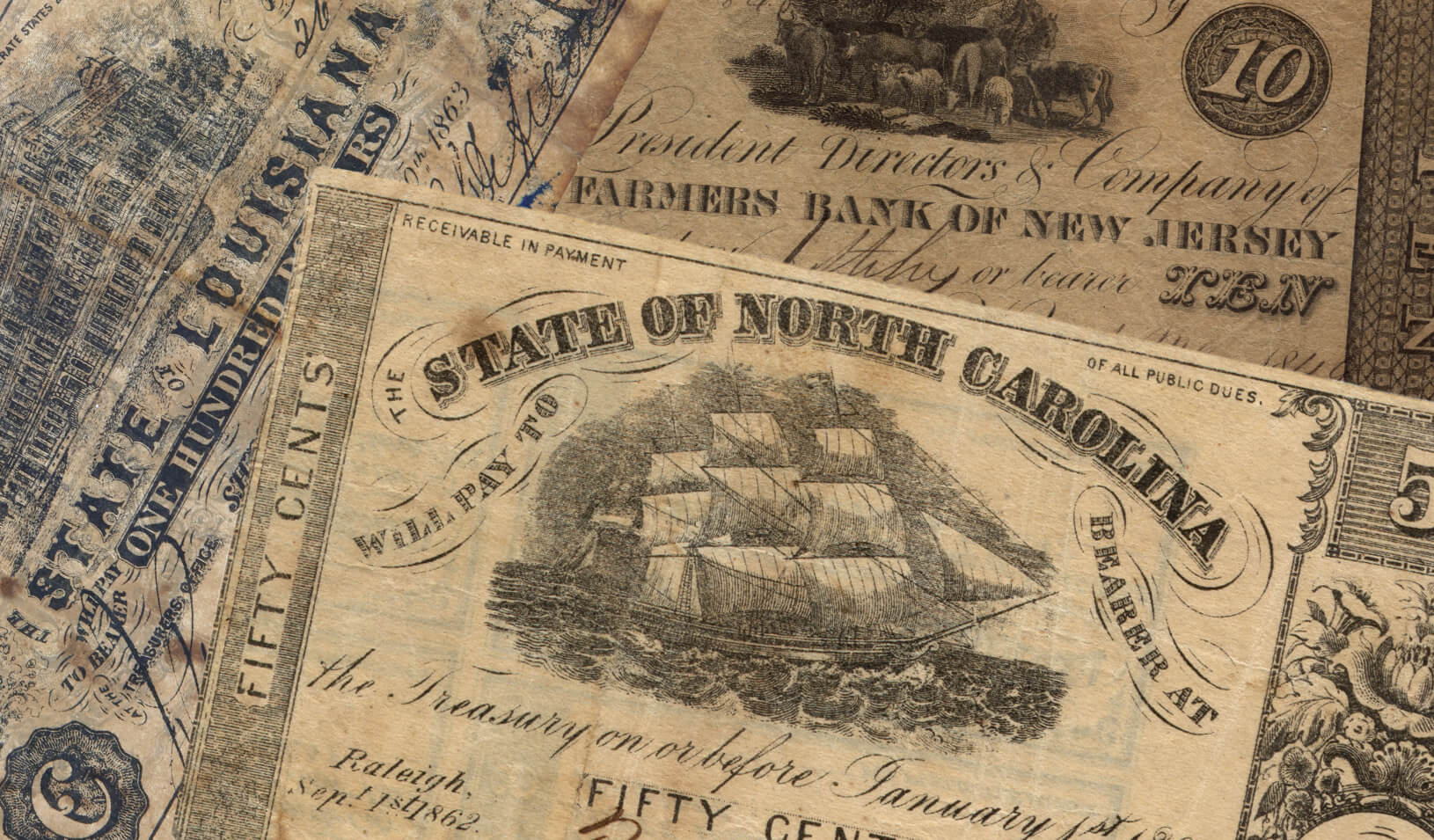
A Venezuelan student raises hands with the word “peace” written on them | REUTERS/Jorge Silva
Behind the car bombs, drone attacks, and uprisings around the world lies a very old and common problem: how to curb the fear people experience when another social group threatens their future. In recent research, economist Saumitra Jha has found examples where political reforms that leverage financial tools have provided the path to peace and prosperity.
Jha’s research interests are influenced in part by his own background. Born in Great Britain to Indian parents, he spent his early childhood in an industrial town in Scotland, where kids often used ethnic slurs for each other. In India, he witnessed violent demonstrations for state rights triggered by caste-based affirmative action policies and saw the effects of religious violence elsewhere in the country. As an adult researcher, he’s had to be ultra-sensitive to not cause offense in some Indian neighborhoods because his surname signifies the wrong caste in that area. And as a graduate student in Cambridge, he had his teeth broken by fellow English citizens who didn’t seem to like his Asian roots. Stanford GSB professor says he is “interested in how you get different ethnic and social groups to cooperate with each other — or at the very least not kill each other.” Although these problems are very current, they have also been around for centuries, he says, “and societies have solved them many times in the past.”
Here are edited excerpts from a discussion about some of his latest research:
We seem to see entrenched poverty connected in many places to group conflicts — ethnic violence in Africa, religious violence in the Middle East, and class hostilities in much of Latin America. Why is that?
There’s a common observation among development economists that even when you know what a good reform looks like, such as improving women’s education, people who feel they lose from those reforms often mobilize to prevent those reforms from taking place. This is true for public policy, and it’s also true in industry where people with new ideas create startups that can disrupt existing companies. An entrenched elite often resists changes that not only improve the welfare of others but may even increase the pie for everybody.
How would you get around this dilemma?
I’ve approached it in different ways, but the one I’m most excited about is financial innovation that aligns incentives for disparate groups. One of the examples I find really compelling is from 19th century Japan. Nowadays, we don’t think of Japan as being caste ridden the way we think of India, but Japan had a more entrenched caste system than India in the 19th century. It was enforced by the government. A financial reform mechanism helped change that.
The country had just fought a war, and the Samurai who won the war expected to be rewarded. You had not only an entrenched elite but also one that knew how to fight and had a monopoly on bearing arms. The leaders wanted to modernize the country rapidly to move beyond a feudal economy, and they needed this group, the Samurai, to become a resource rather than an obstacle to peace.
They did something very clever. They took the government’s traditional obligation to provide rice to the Samurai and instead gave them bonds backed by the government. So if that government goes out of business, the warriors wouldn’t get very much. Furthermore, they required that banks be capitalized by these bonds. The number of banks in Japan went from 3 to around 150 in 3 years, and many of those banks survive today. In essence, those who had the most potential for being violent were made into bankers. They now had more to lose from violence and political risk.
In so doing, the government aligned the Samurai’s incentives with the non-Samurai. It made the Samurai and the non-Samurai who invested in these banks share interests and, in many ways, a social life. Instead of fighting wars, the Samurai became peaceful protestors, first for Samurai rights, and then for broader constitutional rights for Japanese in general. That led to the Meiji constitution.
What is the chief lesson you draw from that?
Financial instruments make it possible to do things that would be very hard to do politically. Sharing future risks and reward is more politically palatable than redistributing existing wealth. You are aligning incentives of disparate groups. And by reducing political risk, you can actually increase the size of the pie. If I have a land investment, it is worth a lot less to me if I think the Samurai are going to be rampaging through it than if they’re selling me fertilizer.
Was there no similar alignment of interests in India?
In my India work, I looked at how Hindus and Muslims created joint businesses, and these had long-term effects on reducing violence. But it was different from Japan because these connections never scaled up. They were small-scale partnerships that entrenched ethnic specialization, so that Muslims did shipping and Hindus did other types of activities. And that reinforces religious and ethnic distinctions.
In Japan, it was the opposite. They started off with the ethnically delimited Samurai bonds, even while they were abolishing the Samurai class and its privileges. But, because the merchant class had to buy into the banks with gold and the Samurai bought in with bonds, the two groups worked together to create a bigger pie, and it ultimately ceased to matter over time who had invested with bonds and who with gold.
You have been advising the World Bank on reducing political risk. How do you see using financial approaches today?
I think there’s a big potential for melding financial approaches with the use of corporations. People often focus on civil society as the way of solving these issues. But a big part of what we teach at the business school is how to create organizations where people have a share in and can benefit from one another’s efforts. In essence, we can create organizations that can act in parallel with civil society.
Do you mean nonprofit or for-profit organizations?
Both. They don’t have to be nonprofit; they can be organizations where people get broader ownership. One interesting case [that didn’t work out so well] is Russia where [the first non-Communist government] gave out shares in Russian companies thinking this would create an interest in favor of property rights and capitalism. They gave them vouchers for free, and people who were in the know were able to buy the ones that they wanted, so an oligarchy emerged. I think they could have done that in a potentially more effective way, ironically, by closing the secondary market so people could not trade these vouchers [for cash.] People could have learned that they would get dividends, that they could elect boards, and so forth. Corporations can be a check on the government as well.
Sometimes external companies can create local subsidiaries and provide shares to local employees. I’m teaching a case on a company that is dealing with these many political-risk issues in the Arab world and in sub-Saharan Africa.
What can be done about ethnic violence after a revolution or war?
Iraq is a good example. One thing that could have been anticipated was that Iraq had fought a large number of wars, and they had a big, organized group of veterans, mainly Sunni. When the U.S. disbanded the Iraqi army, they did not pay sufficient attention to helping those veterans adjust to domestic life. You took this organized minority group that could see that they were no longer going to be in power, and put them on the street. To a large extent, these veterans became the backbone of the insurgency.
This is something societies have dealt with time and again in, I think, a somewhat more foresighted fashion than in Iraq. One interesting example, which is kind of counter-intuitive, is what the Allies did in Indonesia at the end of the Second World War. They took Japanese soldiers who’d surrendered and continued to use them as the police force until they could replace them gradually over time. They were providing these guys with an ability to reintegrate with the society instead of throwing them out on the street.
For media inquiries, visit the Newsroom.






